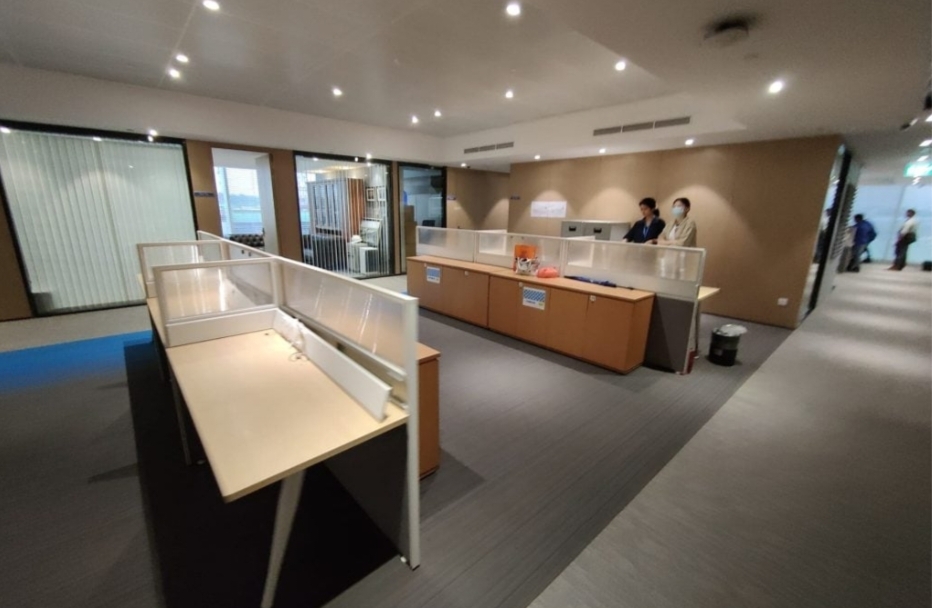The media landscape has undergone a significant transformation in recent years, with the emergence of free ad-supported TV (FAST) distribution reshaping how audiences consume content. This new model offers an alternative to subscription-based services, enabling viewers to access a wide array of programming without the burden of monthly fees. As we delve into the factors driving this trend, we will explore its implications for both consumers and content creators, as well as how it has begun to redefine viewing habits in the digital era.
The Appeal of Free Content
One of the most compelling reasons for the rise of FAST distribution is the universal appeal of free content. In an age where consumers are increasingly cost-conscious, particularly following economic downturns and global crises, many are hesitant to commit to multiple subscriptions. Services like Hulu, Netflix, and Disney+ have provided consumers with vast libraries of content, but the cumulative cost of these subscriptions can add up quickly.
In response, platforms such as Pluto TV, Tubi, and Peacock have emerged, offering viewers the chance to enjoy a variety of shows and movies without the financial commitment associated with traditional streaming services. This model not only attracts budget-conscious consumers but also appeals to those who may feel overwhelmed by the sheer volume of subscription options available. The ability to watch content for free—albeit with ads—allows viewers to sample a broader range of programming and discover new favorites without risking their wallets.
Changing Consumer Preferences
The shift toward FAST distribution is also a reflection of changing consumer preferences. Audiences have become more accustomed to on-demand content, and the traditional linear broadcast model has lost some of its luster. In response, advertisers and networks have adapted to meet the needs of a generation that values convenience and flexibility.
Moreover, the rise of mobile devices and smart TVs has enabled viewers to consume content on their own terms. This flexibility allows for a more personalized viewing experience, as users can choose when and how to access their favorite shows. Free ad-supported platforms cater to this demand by providing a user-friendly interface that allows viewers to search for content across various genres, making it easier than ever to find something to watch.
The Role of Advertising
Advertising plays a crucial role in the free ad-supported TV distribution model. As viewers watch content for free, they are exposed to advertisements that help generate revenue for the platforms and content creators. This model mirrors traditional television, where ad breaks have long been a staple of the viewing experience. However, the modern landscape has adapted to incorporate more targeted advertising through advanced data analytics.
With the rise of digital ad technology, platforms can deliver personalized ads to viewers based on demographics, viewing habits, and interests. This level of targeting increases the effectiveness of advertisements, making them more appealing to advertisers hoping to reach specific audiences. Furthermore, advertisers are beginning to recognize the value of reaching consumers who are disengaged from traditional pay-TV models, seeing free platforms as a viable way to connect with younger audiences who prefer on-demand content.
Impact on Content Creation
The popularity of free ad-supported TV distribution has implications for content creators as well. The shift in viewer habits necessitates a reevaluation of how shows are developed and marketed. Creators must consider the unique challenges of producing content for ad-supported platforms, which often have different audience expectations and metrics for success compared to subscription-based models.
While the lure of massive audiences can be enticing, creators must also navigate the realities of advertising constraints. Content intended for free viewing may need to be shorter or structured differently to accommodate ad breaks and maintain viewer engagement. However, the opportunity for wider exposure can lead to new opportunities for emerging talent and diverse stories that might not find a place in traditional pay-TV markets.
The Future of Television
As free ad-supported TV distribution continues to gain momentum, it is clear that the future of television is evolving rapidly. This model has the potential to disrupt existing paradigms, offering a new avenue for content distribution that prioritizes accessibility and viewer engagement. The integration of technology and data analytics will undoubtedly refine the ad-supported model, creating a more seamless experience for both viewers and advertisers.
Moreover, as the landscape continues to shift, we may see more traditional networks and content providers exploring hybrid models that combine subscription services with free ad-supported offerings. By diversifying their revenue streams, these entities can adapt to the changing demands of consumers and maximize their reach in an increasingly competitive market.
In conclusion, the rise of free ad-supported TV distribution is a transformative development in the digital era, reshaping viewing habits and challenging traditional notions of content consumption. As consumers gravitate toward accessible and flexible options, both advertisers and content creators will need to adapt to the evolving landscape. By embracing innovation and understanding the needs of modern audiences, the industry can harness the potential of this new model to create a vibrant and diverse media ecosystem for the future.



